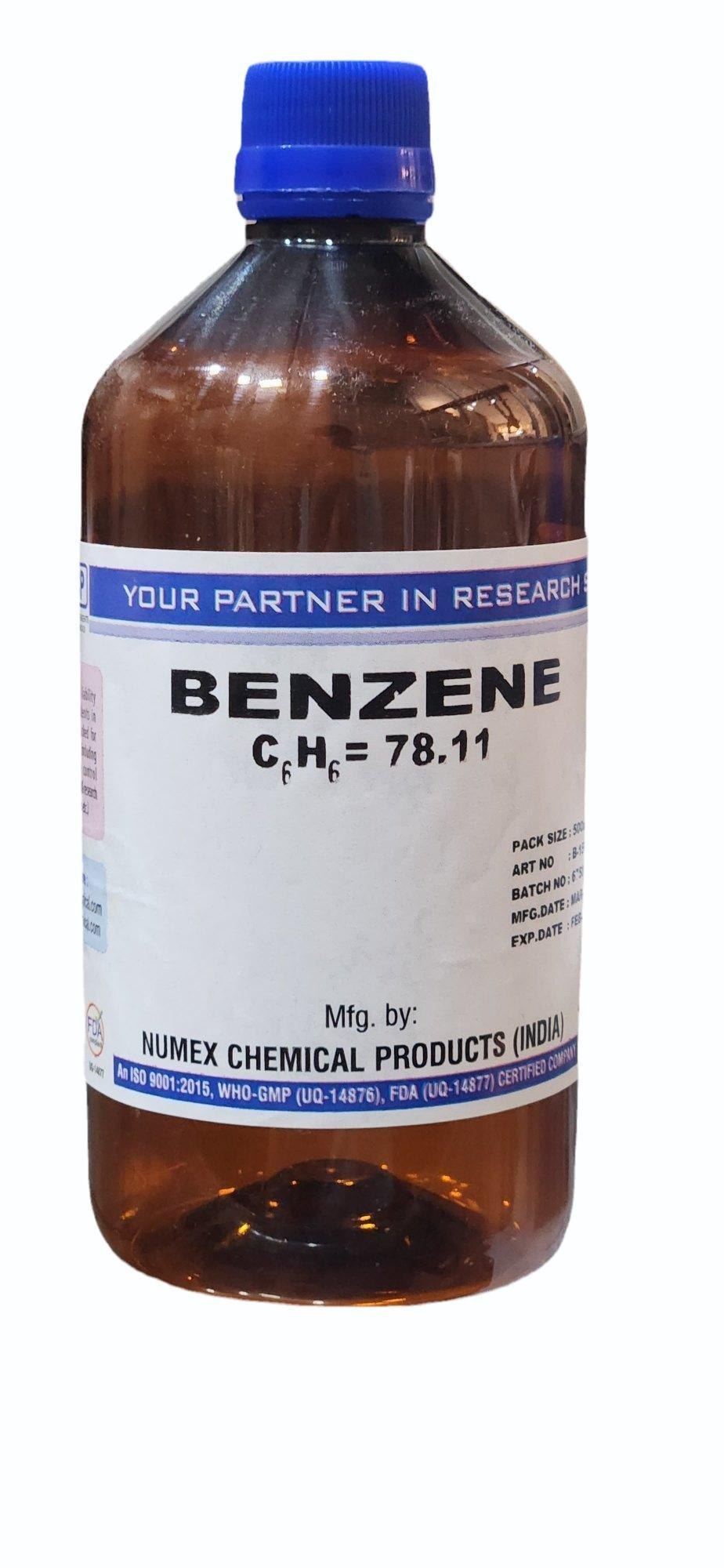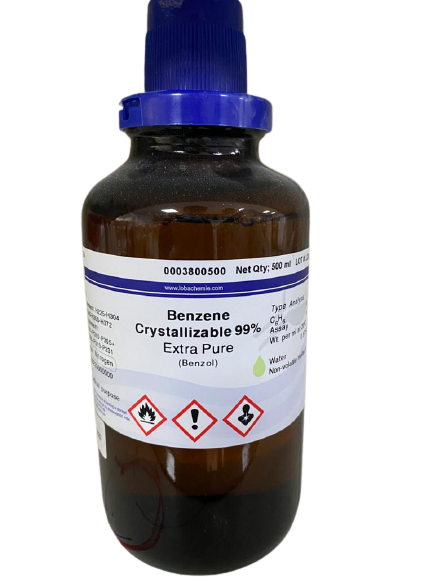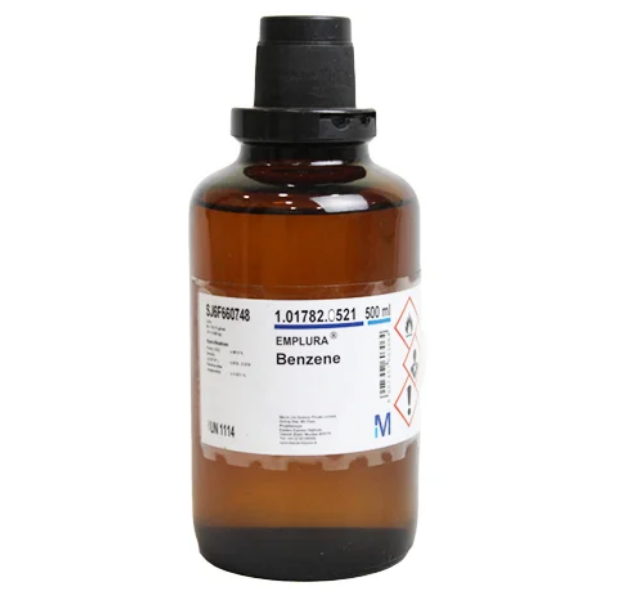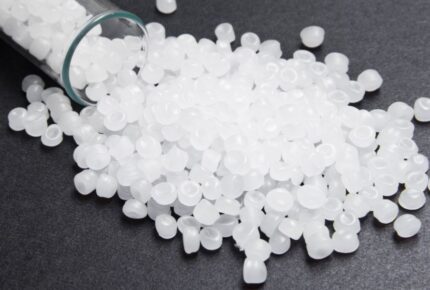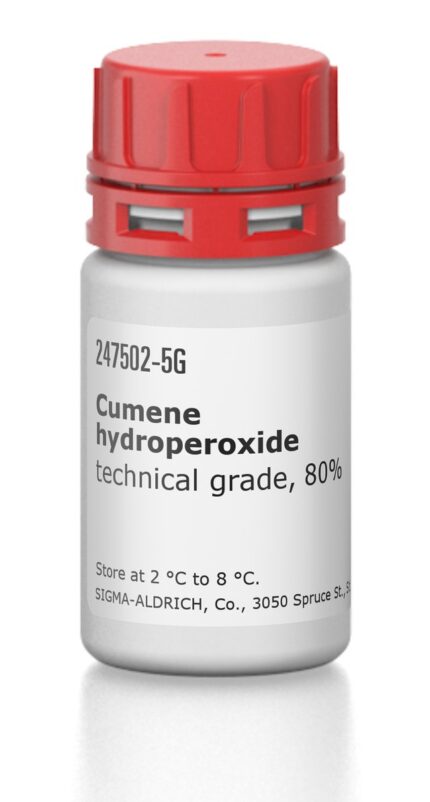Description
What is Benzene?
Benzene is one of the most important organic compounds with the chemical formula C6H6. Benzene is the parent compound of the various aromatic compound.
Benzene is the simplest organic, aromatic hydrocarbon. Benzene is one of the elementary petrochemicals and a natural constituent of crude oil. It has a gasoline-like odor and is a colorless liquid. Benzene is highly toxic and carcinogenic in nature. It is primarily used in the production of polystyrene.
Benzene is a naturally occurring substance produced by volcanoes and forest fires and present in many plants and animals, but benzene is also a major industrial chemical made from coal and oil. As a pure chemical, benzene is a clear, colorless liquid. In industry, benzene is used to make other chemicals as well as some types of plastics, detergents, and pesticides. It is also a component of gasoline.
Discovery of Benzene
The word benzene derives historically from gum benzoin, sometimes called ‘Benjamin’. Gum benzoin was known as an aromatic resin. Michael Faraday, an English scientist first discovered Benzene in illuminating gas. The name benzene was given by German Chemist Mitscherich in 1833. The cyclic structure of benzene remained a mystery until 1865 when German professor August Kekule elucidated it when he dreamt of a snake biting its own tail.
However, Kekule did not discover the presence of interactions between the double bonds. American professor Linus Pauling proposed that benzene exhibited a hybrid structure composed of delocalized electrons. This was the refinement of Kekule’s discovery. Benzene has a somewhat pleasant, sweet smell, however it is carcinogenic.
Properties of Benzene
The various properties of benzene are mentioned below:
- Benzene is immiscible in water but soluble in organic solvents.
- It is a colorless liquid and has an aromatic odor.
- It has a density of 0.87g cm-3. It is lighter than water.
- Benzene has a moderate boiling point and a high melting point. (Boiling point: 80.5°C, Melting point: 5.5°C)
- Benzene shows resonance.
- It is highly inflammable and burns with a sooty flame.
Resonance of Benzene
The oscillating double bonds in the benzene ring are explained with the help of resonance structures as per valence bond theory. All the carbon atoms in the benzene ring are sp2 hybridized. One of the two sp2 hybridized orbitals of one atom overlaps with the sp2 orbital of adjacent carbon atom forming six C-C sigma bonds. Other left sp2 hybridized orbitals combine with s orbital of hydrogen to form six C-H sigma bonds. Remaining unhybridized p orbitals of carbon atoms form π bonds with adjacent carbon atoms by lateral overlap.
This explains an equal possibility for the formation of C1 –C2, C3 – C4, C5 – C6 π bonds or C2 – C3, C4 – C5, C6-C1 π bonds. The hybrid structure is represented by inserting a circle in the ring as shown below in the figure. Hence, it explains the formation of two resonance structures proposed by Kekule.


